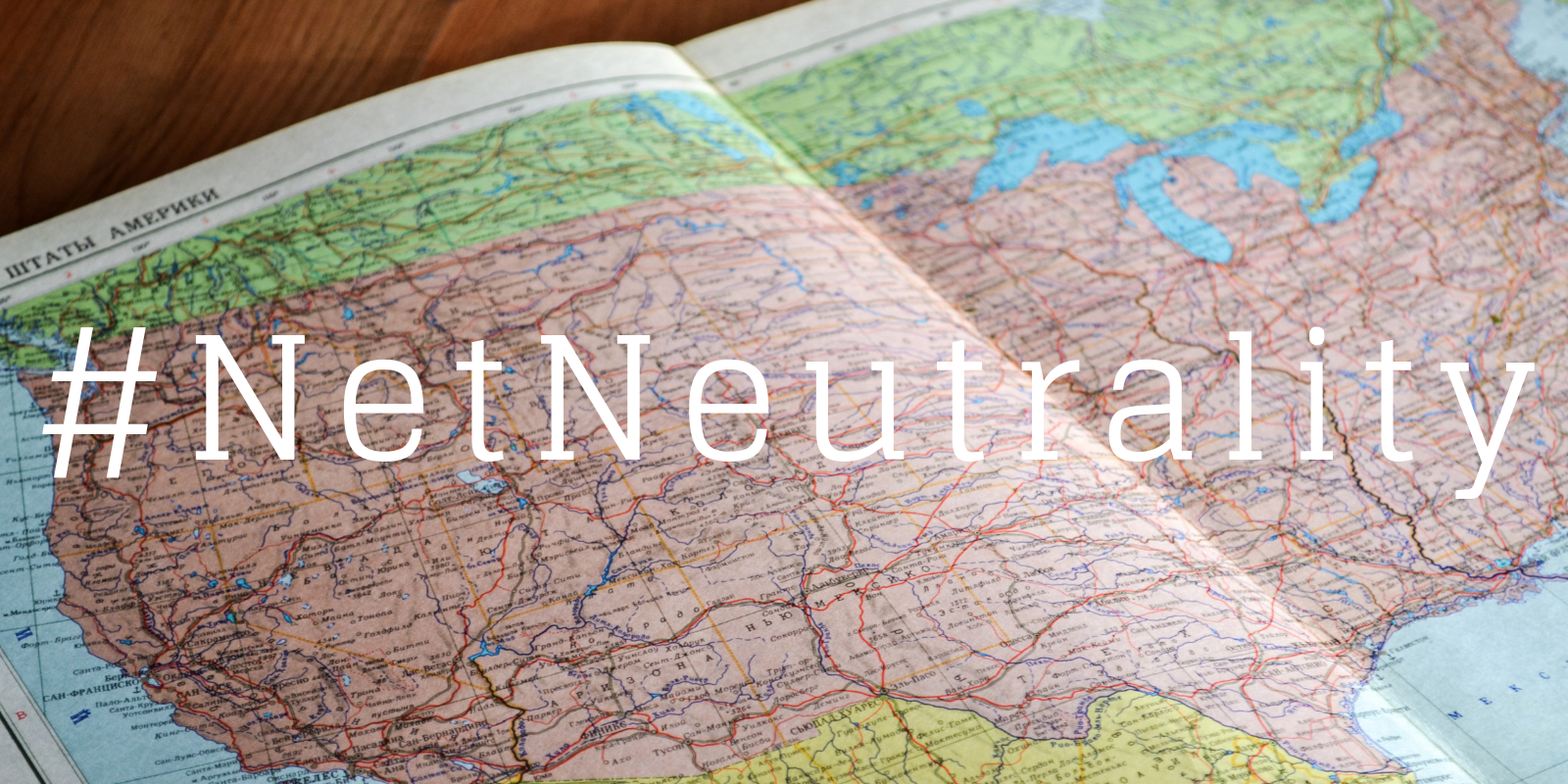With the availability of Xojo 2018 Release 3, Xojo now supports macOS Mojave’s new dark mode. This means you can update your own apps to support dark mode and it also means that the Xojo IDE works in dark mode.
Comments closedMonth: October 2018
About three years ago, we added HiDPI/Retina support to our framework which was released to users as part of Xojo 2016r1 when we also shipped our first HiDPI IDE.
With Apple’s announcements at WWDC 2018 and the introduction of dark mode it was time to revisit our graphics and the overall appearance of the IDE again. Here are some things which contribute to the changes that have been made and ones that you will see in the coming months.
Comments closedAs you probably know, every version of Xojo includes an extensive list of release notes that is included in the Documentation folder as an HTML file called ReleaseNotes.htm.
To make these even easier to access, I needed a way to get these into the wiki. It would be easiest if I could just copy and paste the HTML contents onto a wiki page, but MediaWiki can’t quite process all the HTML in that file so I needed a way to clean it up a bit.
Comments closedThe WebCanvas control is used for drawing graphics in web apps. It takes advantage of the HTML5 Canvas making it fast and powerful. Sometimes is can be useful to be able to save the graphics drawn in the WebCanvas to an image file, but unfortunately there is no built-in Xojo method to do this.
However, by using a little JavaScript you can easily add this capability to Xojo.
Comments closedLast year the Federal Communications Administration (FCC) voted to rollback the Net Neutrality law passed during the Obama administration. I’ve written about this previously. I think I’m on safe ground when I say that most people would agree that laws designed to keep the Internet on a level playing field make sense given that most US citizens don’t have much if any choice when it comes to Internet access. That’s why states have taken the matter into their own hands.
California recently passed its own Net Neutrality law. This is a big deal because Internet providers cannot realistically apply one set of standards to traffic in California and a different set everywhere else. California is big enough that it can effectively influence legislation on a national level. It did this in 1966 when the state established the first tailpipe emissions standards, which resulted in all cars sold throughout the US having catalytic convertors. When California passes a law affecting companies that do business across the United States, it can change how those companies operate in all states.
Comments closed
